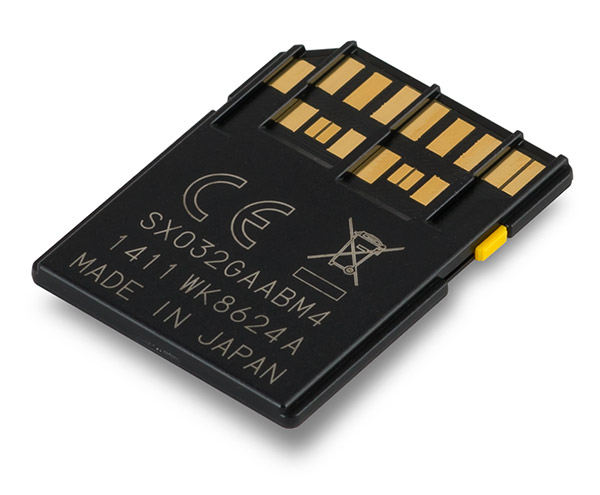 Camera Memory Speed
Camera Memory SpeedMemory Card Comparison & Performance Tests for Digital Cameras
UHS-II Camera List: Cameras that Support UHS-II SD Card Interface
Since UHS-II was announced 2011 it has taken years for cameras manufacturers to add the high-speed interface to new cameras. The first use of UHS-II was in Panasonic camcorders in 2013 with microP2 cards. In 2014, the first consumer digital cameras to support UHS-II were released. First the Fuji XT-1 and later the Samsung NX1. In 2015 Olympus began offering cameras with UHS-II support and in 2016 Nikon released the D500 that includes the UHS-II interface.
The following list is for cameras that support the UHS-II interface. This list is updated periodically as new cameras are announced and released.
UHS-II Cameras
| Manufacturer | Camera Model | Slot 1 | Slot 2 | Announcement Date | Notes |
|---|---|---|---|---|---|
| Fuji | X-T1 | UHS-II | January 28, 2014 | ||
| Fuji | X-Pro2 | UHS-II | UHS-I | January 14, 2016 | Dual SD card slots, however only Slot 1 supports UHS-II |
| Fuji | X-T2 | UHS-II | UHS-II | July 7, 2016 | Dual UHS-II Slots |
| Fuji | GFX 50S | UHS-II | UHS-II | September 19, 2016 | Dual UHS-II Slots |
| Leica | Leica SL (Typ 601) | UHS-II | UHS-I | October 20, 2015 | Slot 1: UHS-II, Slot 2: UHS-I |
| Nikon | D500 | XQD | UHS-II | January 6, 2016 | Slot 1: XQD, Slot 2: UHS-II |
| Nikon | D850 | XQD | UHS-II | August 24, 2017 | Slot 1: XQD, Slot 2: UHS-II |
| Olympus | OM-D E-M5 II | UHS-II | February 5, 2015 | ||
| Olympus | OM-D E-M10 II | UHS-II | August 25, 2015 | ||
| Olympus | PEN-F | UHS-II | January 27, 2016 | ||
| Olympus | OM-D E-M1 II | UHS-II | UHS-I | November 2, 2016 | Dual SD card slots, however only Slot 1 supports UHS-II |
| Panasonic | GH5 | UHS-II | UHS-II | January 4, 2017 | Dual UHS-II card slots |
| Samsung | NX1 | UHS-II | September 15, 2014 | ||
| Sony | A9 | UHS-II | UHS-I | April 19, 2017 | Dual SD card slots, however only Slot 1 supports UHS-II |
| Sony | A7R III | UHS-II | UHS-I | October 25, 2017 | Dual SD card slots, however only Slot 1 supports UHS-II |
Updated November 29, 2017
About UHS-II
The promise of UHS-II is to deliver three times the speed of UHS-I SD cards. UHS-I provides up to 104MB/s transfer speed, while UHS-II increases the speed ceiling to 312MB/s. To achieve the higher speed these cards require a device with the UHS-II interface. UHS-II cards are backwards compatible and can be used in any card that supports SD cards, but the cards operate at lower speed.

The reason why the cards operate at lower speed in non-UHS-II devices is that UHS-II requires a different physical interface. Conventional SD and UHS-I cards use a 9-pin interface, while UHS-II cards have a 17-pin interface adding 8 news pins in a second row. When a UHS-II card is connected using the legacy 9-pin interface it supports only up to UHS-I speed. Early UHS-II cards such as the SanDisk Extreme Pro 280MB/s UHS-II card did not support the fastest SDR104 UHS-I mode and were limited to 50MB/s in UHS-I devices. Most UHS-II cards operate in UHS-I mode at SDR104 bus speed up to 104MB/s.
What does the future hold?
In 2017 The SD Association announced UHS-III (SD Specification version 6). The new standard uses the same physical UHS-II interface but operates at a higher bus rate to achieve up to 624MB/s transfer rate.